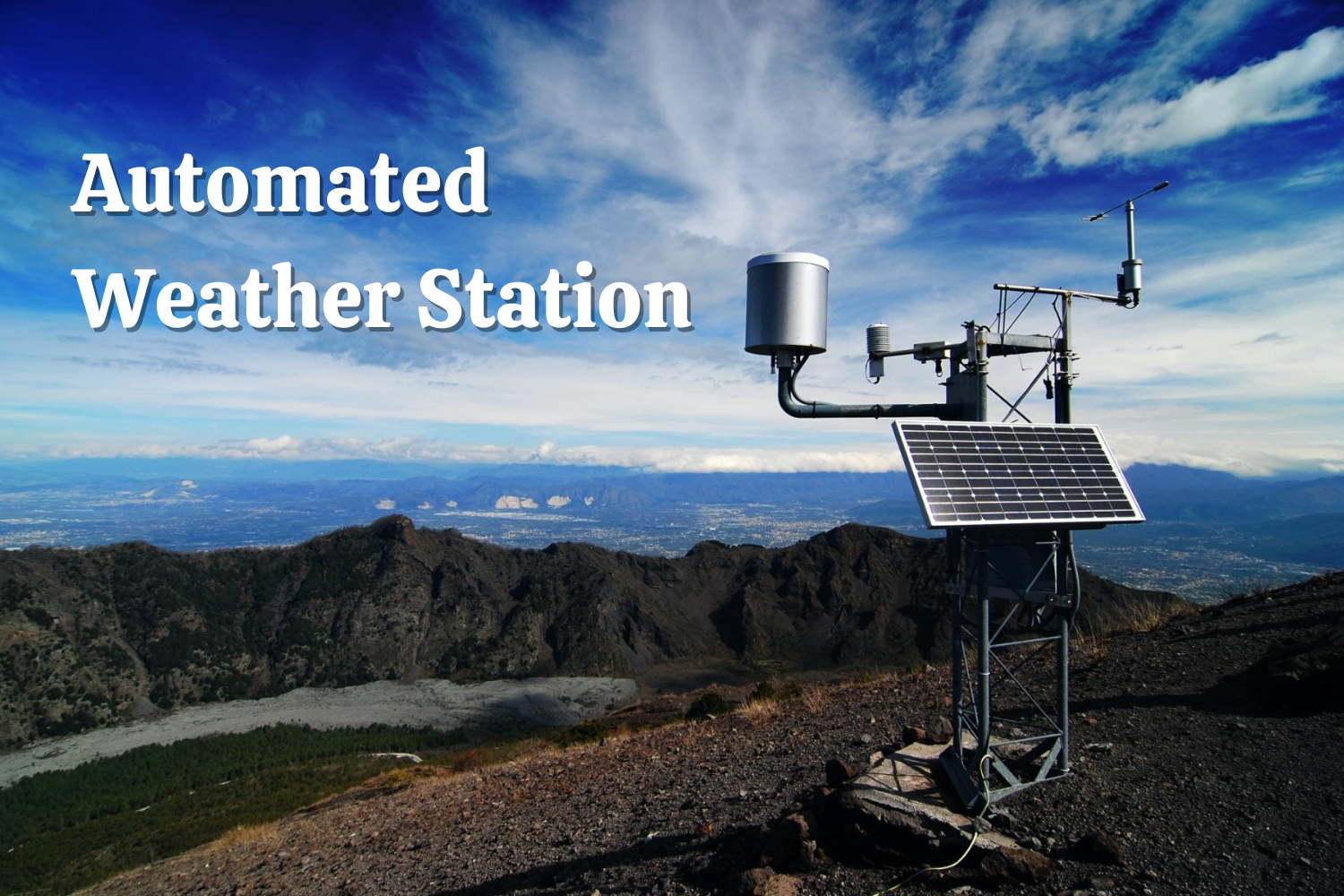A Comprehensive Exploration of the Top 10 Features in Automated Weather Stations
The evolution of Automated Weather Stations (AWS) or Automatic Weather Stations has created a new era of precision and reliability in weather data collection. In an age where industries rely heavily on accurate meteorological information for critical decision-making, the selection of an appropriate AWS has never been more critical. This in-depth exploration delves into the top 10 features that should be considered when choosing an Automated Weather Station. Emphasizing the pivotal role of advanced weather detectors and sensors, we aim to provide a thorough understanding of the key components that contribute to the accuracy and effectiveness of these systems.
Table of Contents
Top 10 Features in Automated Weather Stations
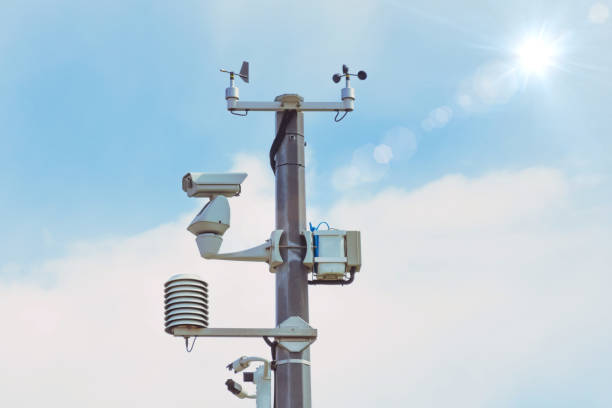
Accuracy and Precision:
At the heart of any trustworthy Automated Weather Station(AWS) lies the accuracy and precision of its measurements. Cutting-edge sensors, coupled with meticulous calibration techniques, are imperative for ensuring the most precise data collection. An AWS equipped with a high-quality weather detector is indispensable for applications ranging from precision agriculture to advanced environmental research. To delve deeper into this aspect, it’s crucial to understand how calibration methodologies have evolved over the years. High-precision sensors combined with sophisticated calibration algorithms have significantly enhanced the reliability of AWS data.
Manufacturers employing state-of-the-art calibration practices contribute to the system’s accuracy, providing users with confidence in the integrity of their weather data. Furthermore, exploring the impact of accuracy on specific industries sheds light on the critical role AWS plays. For instance, in agriculture, precise weather data can influence irrigation strategies, crop management, and pest control. In research, accurate meteorological information is foundational for climate studies, atmospheric research, and the development of weather models. Therefore, the emphasis on accuracy transcends the mere functionality of the AWS, directly impacting the efficacy of diverse applications.
Sensor Variety:
The versatility of an Automated Weather Stations is often reflected in the diversity of its sensor suite. Beyond the foundational parameters like temperature and humidity, a comprehensive AWS should include sensors for wind speed and direction, barometric pressure, precipitation, solar radiation, and more. Each parameter plays a unique role in understanding the dynamic nature of weather conditions. A closer examination of specific sensor technologies reveals the intricacies involved in capturing various meteorological elements. For instance, advancements in anemometer design have led to more accurate wind speed measurements. Similarly, the evolution of precipitation sensors, from traditional tipping buckets to advanced laser-based technologies, has significantly improved precipitation measurement accuracy.
Understanding the nuances of each sensor type empowers users to make informed decisions based on the specific requirements of their applications. Additionally, the integration of emerging sensor technologies, such as LIDAR for wind profiling or hyperspectral sensors for detailed solar radiation analysis, showcases the continuous innovation within the field of meteorological instrumentation. The ability of AWS to adapt to these evolving sensor technologies ensures that users stay at the forefront of weather monitoring capabilities.
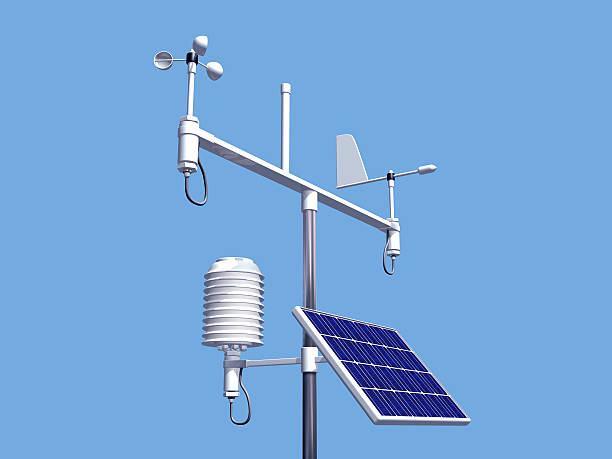
Data Logging and Storage Capacity:
An Automated Weather Station’s ability to log and store extensive volumes of data is crucial for long-term weather monitoring and trend analysis. Beyond the basic storage capacity, delving into the intricacies of data logging intervals, file formats, and data retrieval mechanisms provides a more nuanced understanding of the system’s capabilities. Exploring the evolution of data storage technologies within AWS sheds light on the advancements that have occurred over time. From traditional data loggers with limited storage to modern systems employing cloud-based storage solutions, the landscape of data storage in AWS has undergone a significant transformation.
The shift towards cloud-based storage not only facilitates seamless data accessibility but also enhances collaboration by enabling multiple users to access and analyze data concurrently. Moreover, understanding the impact of data logging intervals on data accuracy and storage requirements is essential. For applications requiring high-frequency data, such as atmospheric research or short-term weather event analysis, AWS with shorter logging intervals becomes imperative. Conversely, for applications focused on long-term climate trends or agricultural planning, systems with longer logging intervals may suffice. Striking the right balance between data granularity and storage efficiency ensures that users can tailor their AWS to meet the specific needs of their applications.
Remote Monitoring and Connectivity:
In an era dominated by connectivity, the ability to remotely monitor and access weather data is a transformative feature. Analyzing the various communication protocols, ranging from traditional wired solutions to wireless technologies like Wi-Fi, cellular, or satellite connectivity, provides insights into the evolving landscape of remote weather monitoring. Delving into the intricacies of real-time data transmission mechanisms unveils the importance of low-latency communication for applications requiring up-to-the-minute weather information. The advent of 5G technology, with its promise of higher data speeds and lower latency, presents new opportunities for enhancing the real-time capabilities of AWS.
Understanding the implications of these connectivity options enables users to choose systems that align with their specific monitoring requirements. Exploring the potential challenges and solutions associated with remote monitoring further enriches the discussion. For instance, addressing issues related to network connectivity, data security, and power consumption in remote locations ensures the seamless operation of AWS systems deployed in challenging environments. Additionally, the integration of remote monitoring features with mobile applications or web-based interfaces enhances the user experience, making weather data accessible at the touch of a button.
Power Supply and Energy Efficiency:
A dependable power supply is foundational for continuous and reliable weather monitoring. In the pursuit of sustainability and uninterrupted operation, Automated Weather station systems often incorporate energy-efficient features and, in some cases, renewable energy sources such as solar panels. Analyzing the evolution of power supply solutions within AWS reveals the transition from traditional battery-powered systems to sophisticated power management strategies. The incorporation of energy-efficient components, low-power microcontrollers, and advanced battery technologies ensures prolonged system uptime without compromising on data accuracy.
Furthermore, the integration of solar panels introduces a sustainable aspect to AWS deployment, reducing reliance on conventional power sources and minimizing the environmental impact. Investigating the challenges associated with power supply in remote or off-grid locations highlights the importance of energy-efficient designs. The ability of an AWS to operate in low-power modes, coupled with effective power harvesting techniques, becomes crucial in scenarios where continuous access to conventional power sources is challenging.
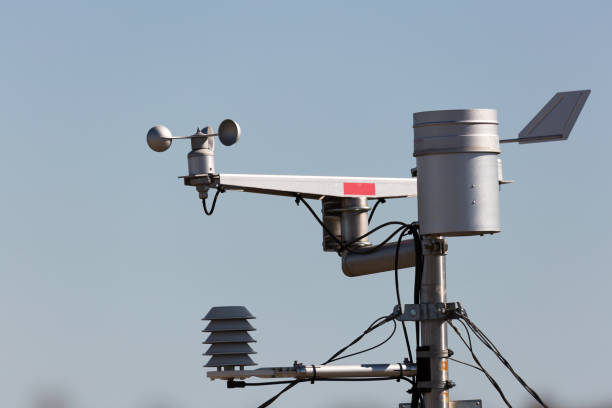
Durability and Weather Resistance:
The unpredictable and sometimes harsh nature of weather conditions necessitates the durability of an AWS. Examining the materials used in the construction of AWS components and the design considerations for weather resistance sheds light on the measures taken to ensure longevity and reliability. An exploration of weather-resistant enclosures and protective coatings reveals the evolution from basic waterproofing to advanced materials with enhanced resistance to corrosion, UV radiation, and extreme temperatures. Understanding the durability of individual sensor components, such as the robustness of wind cups and the sealing mechanisms of temperature and humidity sensors, provides insights into the overall ruggedness of the AWS system
.Investigating real-world scenarios where AWS systems are exposed to extreme conditions, such as hurricanes, blizzards, or desert storms, underscores the importance of durability in ensuring the continuity of weather monitoring operations. Additionally, the integration of predictive maintenance features, such as sensor health diagnostics and self-check mechanisms, contributes to the overall reliability of AWS systems over extended periods.
Ease of Installation and Maintenance:
The user-friendliness of Automated Weather Stations is a critical factor for seamless operation. An analysis of the user interface design, installation procedures, and maintenance requirements provides valuable insights into the accessibility of these systems to a diverse user base. Examining the evolution of installation procedures showcases the shift from complex setups requiring specialized knowledge to simplified plug-and-play solutions.
User-friendly interfaces, intuitive calibration procedures, and comprehensive installation guides contribute to the democratization of weather data collection, enabling users with varying levels of expertise to deploy and maintain AWS systems. Exploring the challenges associated with maintenance, such as sensor drift, calibration drift, and the impact of environmental factors on sensor performance, highlights the importance of regular checks and calibrations. The integration of self-diagnostic features and remote calibration capabilities further streamlines the maintenance process, ensuring that AWS systems operate at peak efficiency over extended periods.
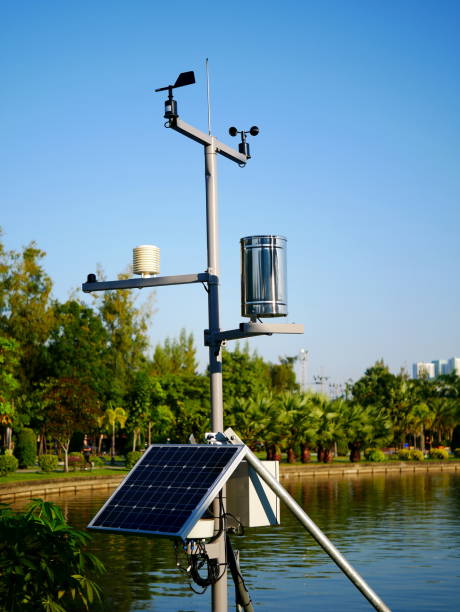
Integration Capabilities:
A seamless experience often hinges on AWS’s ability to integrate with other data systems and platforms. Analyzing the compatibility of AWS with common data formats, APIs, and third-party software solutions provides insights into the interoperability of these systems within broader data ecosystems. The evolution of data integration within AWS unveils the transition from proprietary data formats to standardized formats such as JSON or CSV. The adoption of common communication protocols, including RESTful APIs or MQTT, facilitates data exchange with other systems, opening avenues for cross-disciplinary collaborations and comprehensive data analysis.
Investigating real-world integration scenarios, such as the amalgamation of AWS data with Geographic Information System (GIS) platforms or the integration of weather data into enterprise resource planning (ERP) systems, showcases the diverse applications of integrated weather information. Furthermore, exploring the potential challenges associated with data synchronization, security protocols, and data integrity ensures that users can seamlessly integrate AWS data into their existing workflows.
Customization and Scalability:
Every application has unique requirements, and a top-tier AWS should offer customization options. A closer look at the configurability of Automated Weather Stations systems, including the ability to tailor sensor configurations, data logging intervals, and communication protocols, provides insights into the adaptability of these systems to specific user needs. The evolution of AWS customization features demonstrates the transition from fixed configurations to modular systems that allow users to choose sensors based on their application requirements.
Integrating user-defined algorithms for data processing or adding custom sensors further enhances the flexibility of Automatic Weather Station systems, catering to a wide range of applications. Analyzing scalability considerations within AWS systems sheds light on the capacity to expand monitoring capabilities over time. The integration of modular components, upgradable firmware, and the ability to seamlessly add sensors ensures that AWS systems can evolve alongside the changing needs of users.
Compliance with Standards:
Ensuring the reliability and accuracy of weather data collected by Automated Weather Stations is imperative, and compliance with industry standards and regulations plays a crucial role in achieving this. A thorough examination of certifications, adherence to meteorological standards, and participation in industry initiatives ensure the quality and accuracy of AWS systems. Delving into the specifics of meteorological standards, such as those outlined by the World Meteorological Organization (WMO) or regional meteorological agencies, showcases the commitment of Automatic Weather Station manufacturers to meet established benchmarks.
Certification processes, including ISO 9001 for quality management or ISO 17025 for testing and calibration laboratories, contribute to the overall credibility of AWS systems. Investigating the implications of non-compliance or the absence of certifications underscores the potential risks associated with inaccurate weather data. Industries relying on Automated Weather Station data for regulatory compliance, such as aviation or environmental monitoring, require systems that adhere to stringent standards to ensure the legality and reliability of their operations.
Conclusion:
Selecting the right Automated Weather Station is a multifaceted decision that directly influences the quality and reliability of weather data. By delving into the intricacies of features such as accuracy, sensor variety, data logging, remote monitoring, durability, and compliance with standards, users can ensure they invest in a system that aligns with their specific needs. Weather detectors and sensors serve as the eyes and ears of the station, making them pivotal components in the quest for precision.
As technology advances, Automated Weather Stations continue to evolve, providing increasingly sophisticated solutions for a wide array of applications. Keeping a keen eye on the top 10 features discussed in this comprehensive exploration equips users with the knowledge needed to make informed decisions when choosing an Automated Weather Station. From the intricate details of sensor technologies to the broader considerations of data integration and customization, a holistic understanding ensures users are well-prepared to navigate the complexities of AWS selection for their specific requirements.

